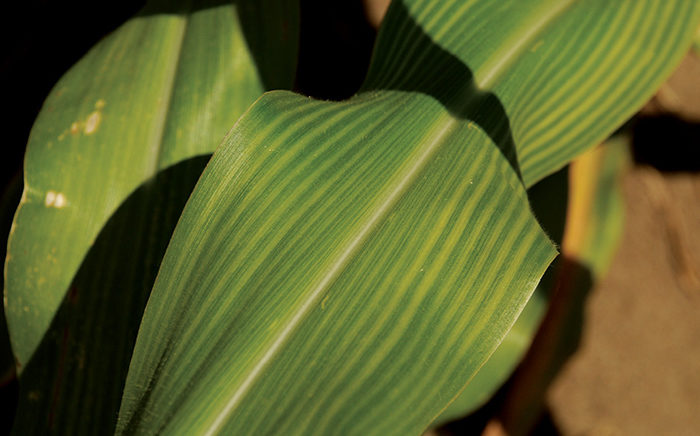No-Till Farmer
Get full access NOW to the most comprehensive, powerful and easy-to-use online resource for no-tillage practices. Just one good idea will pay for your subscription hundreds of times over.

Peter Kyveryga says he’s been hearing more and more discussions among farmers about nutrient deficiencies in corn and soybeans during the growing season.
The operations manager for analytics at Iowa Soybean Assn. On-Farm Network suspects the reasons are related to yearly increases in yields, adverse weather conditions, deteriorated soils and high input costs relative to commodity prices that pushed some farmers to reduce fertilizer applications.
Many farmers try to get better information about nutrient levels in fields by taking soil and tissue tests, but there’s a lot more to understanding these reports than just looking at the numbers, Kyveryga says.
While there’s been a surge in tissue testing in recent years, Kyveryga is concerned that some of the modern soil and tissue tests don’t have reliable calibrations or that their calibrations were developed 20 or 30 years ago.
“It’s very important to realize that the value of soil and tissue testing is actually in calibration,” he says. “It’s not in number values, but how good the calibration is for a test. The well-calibrated test should tell when and where, at what probability, a crop will respond to a nutrient.”
There are a handful of methodologies that commonly apply to soil and tissue testing, and they all have their benefits and limitations, Kyveryga says.
The sufficiency concept, applied both for soil and tissue testing, centers around finding which nutrient in a crop is deficient, whether it’s potassium, nitrogen, sulfur or something else. With this philosophy, a nutrient is…